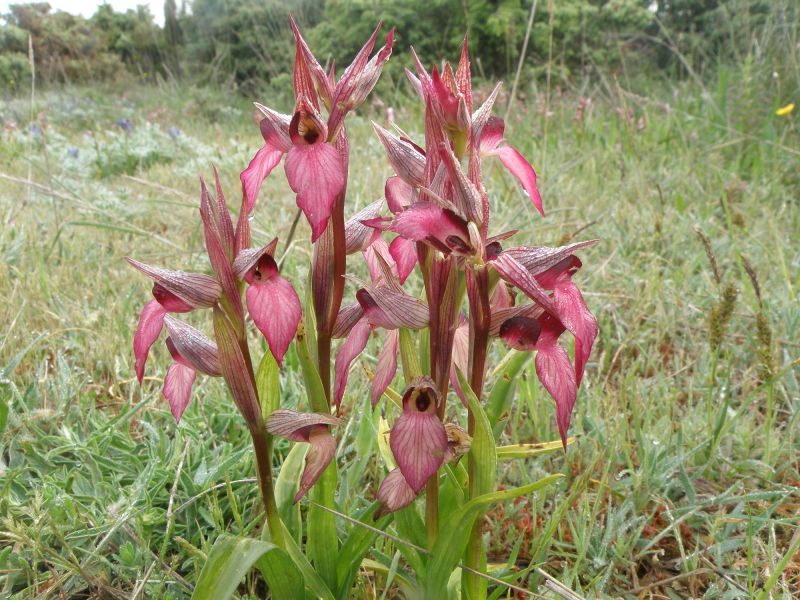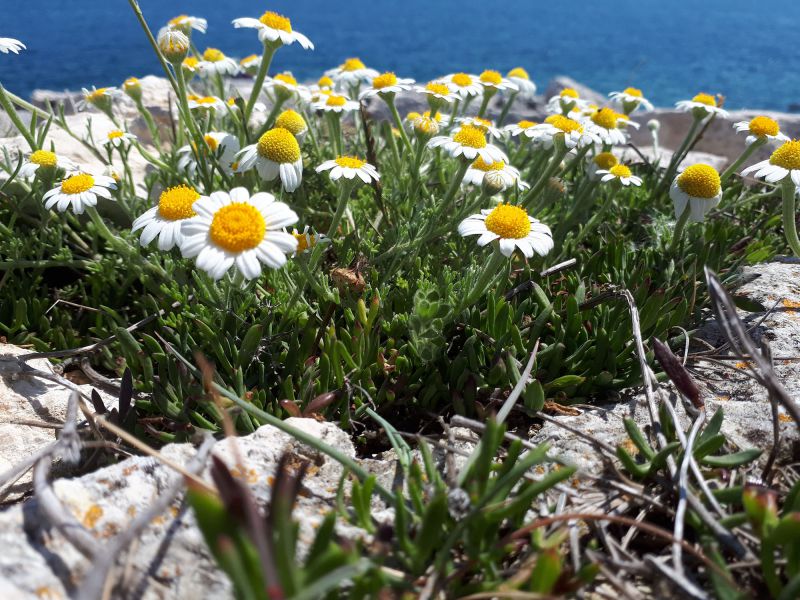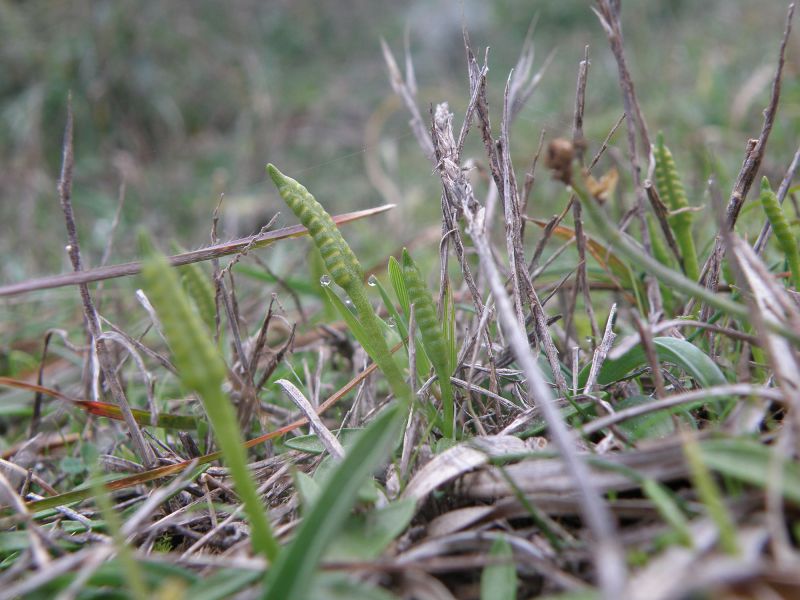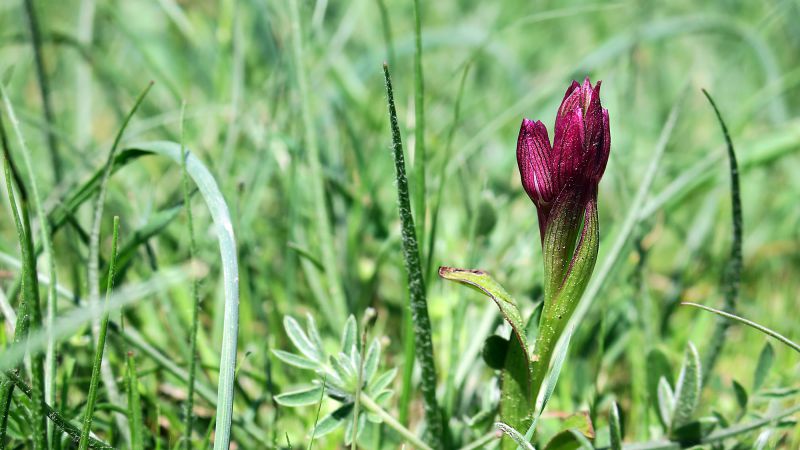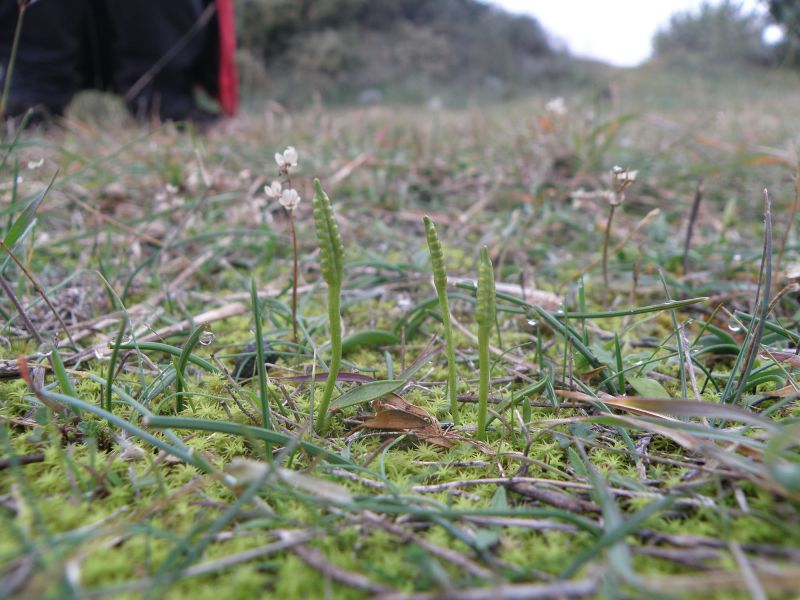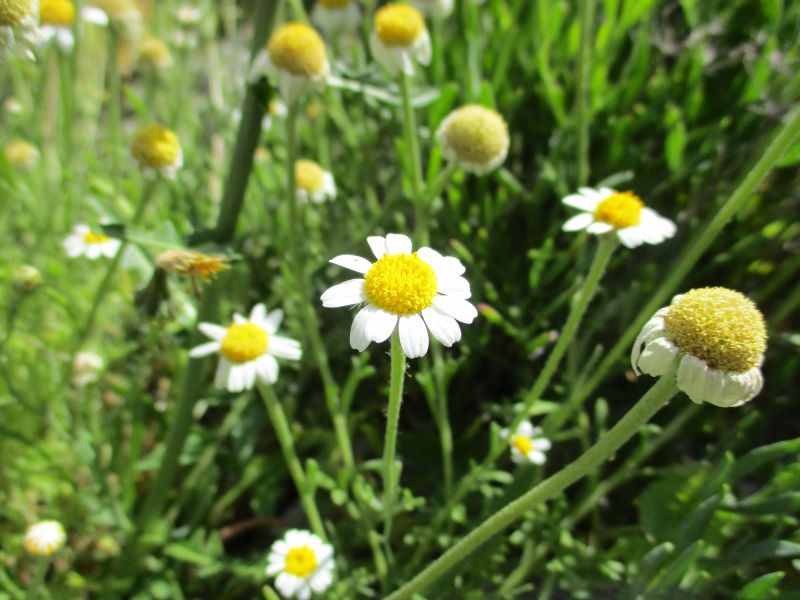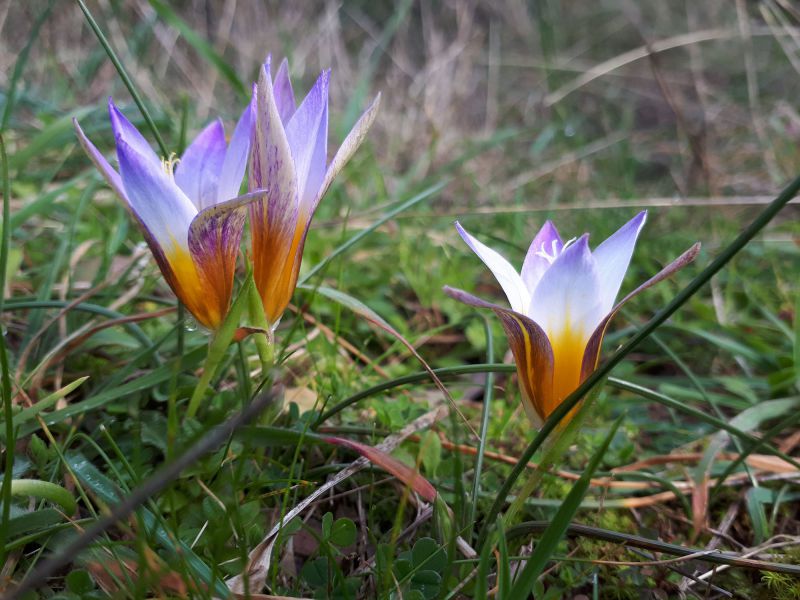Botanical Treasure Trove of the Region
The area of the Premantura Peninsula is a true botanical treasure trove of the region. More than 600 recorded species make this area an exceptional source of biodiversity in the already significantly biodiverse regions of the Mediterranean and Adriatic. Of course, most valuable are the grasslands, which are home to many interesting species, primarily orchids, which number about 30 species in the area of Kamenjak, locally called Punta. Two orchid species are endemic to southern Istria, and their names are suggestive of their origin. Of course, these are Serapias istriaca and Serapias x pulae. The latter, however, is a hybrid of Serapias istriaca and the tongue orchid (Serapias lingua).
The Habitat of Critically Endangered Species
The habitats of woolly chamomile (Anthemis tomentosa), for which Kamenjak is the only known site in Croatia, are extremely valuable. Kamenjak is also the only site in Croatia for narrow-leaved bindweed (Convolvulus lineatus) and yellow centaury (Cicendia filiformis). Particularly interesting is a species of fern called the least adder's-tongue (Ophioglossum lusitanicum). After it was first recorded in Croatia in the mid-19th century, this plant had not appeared in records for more than a hundred years. It was only in 1974 that it was recorded again around Pomer Bay, and in 1994 it was included in the Red Book of Croatian Flora as a critically endangered species.
 EU Projects
EU Projects English
English

